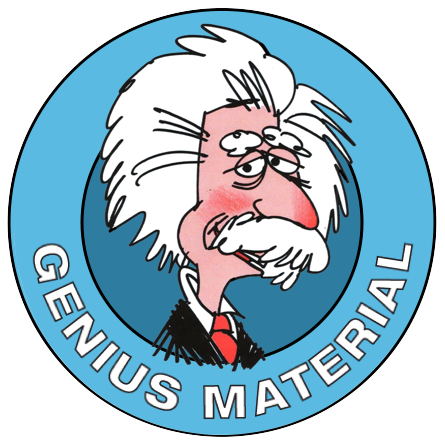 Why would I suggest you use plain paper instead of lined to write your revision notes?
Why would I suggest you use plain paper instead of lined to write your revision notes?
The problem with lined paper is that it encourages you to write in a linear fashion from left to right, starting at the beginning of the line and not moving onto the next until you have filled the one before. It doesn’t encourage you to use symbols, shapes, colours, space, bullet points, numbers, pictures etc – all the things that make your revision easy to recall.
Try to use as many of these visual aids as you can, because that’s the quickest and most efficient way to progress through your revision effectively. Doing so can be up to 6 times faster for you.
After all, your brain is already hard-wired to process visual information quickly – 50% of the brain’s pathways are connected to processing vision. What’s more, it’s reckoned that 90% of the information reaching the brain is visual, so the brain has evolved to process visual information 60 000 times faster than text.
Of course, printed words are visual information too, but it takes more brain power to decipher their meaning. With a picture, you ‘get’ the information immediately.
And just in case you’re worrying that you’re not a very good visualiser – fear not! If you’re reading this, then your visual system will be plenty developed enough to take advantage of your visual skills when you study. Also, the more you do, the better you’ll get at it.
Ultimately, you need to get your brain’s attention if you want it to ‘suck’ up the information you’re trying to learn. So you can do this easily by making it stand out visually, especially the bits that are taking you more effort to get into your brain. For example, you could make it bigger, a different colour, peculiar, rude or funny. You could make a silly association with it, or distort its meaning – whatever it takes to bring your attention to it.
Those of you running your own businesses will relate to this. It used to be reckoned that it took 7 times for a person to respond to a marketing message. But that was before we’d come to expect, for example, to watch a football match on TV, while simultaneously observing the current score and time lapsed displayed top left of the screen, noticing the name of the commentator top right (who, incidentally, hasn’t stopped commentating all through the match) and reading a moving script along the bottom, telling us of any breaking news, sports or otherwise.
In these days of multi-sensory, multi-media experiences, it now takes 11 times for a marketing message to break through and get us to take action! That’s how much you have to metaphorically tug on your mind’s sleeve to get its attention.
So you can see that the more you can do that with brain-friendly images, the more memorable your revision will be.
I’ve always maintained that no two people on the planet process, store and retrieve information in exactly the same way, and that the more you understand how your brain prefers to do so, the easier your revision will become. But I also assert, that the more you develop your visual skills, the faster it’ll be.
So use plain paper and get visually creative!

